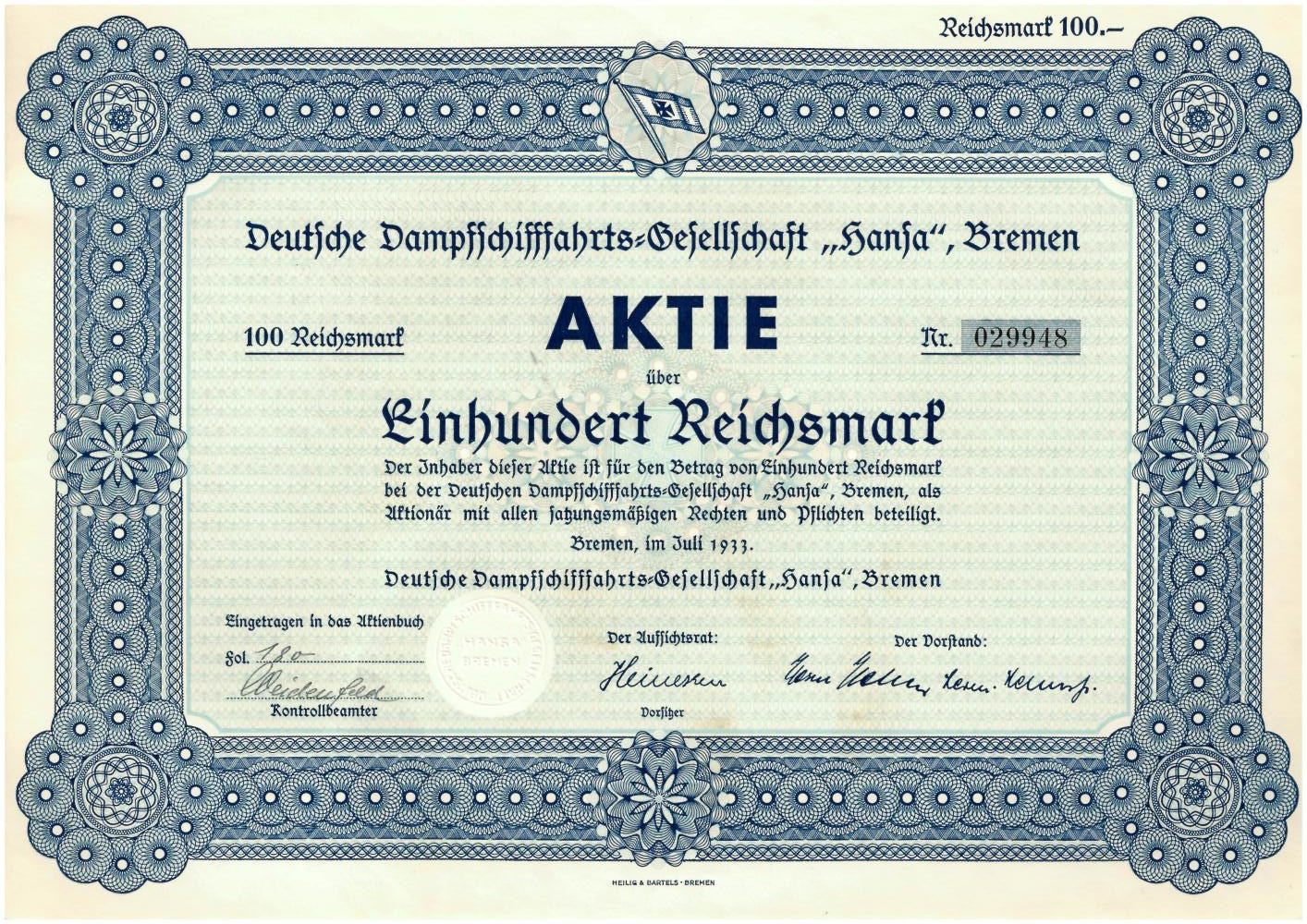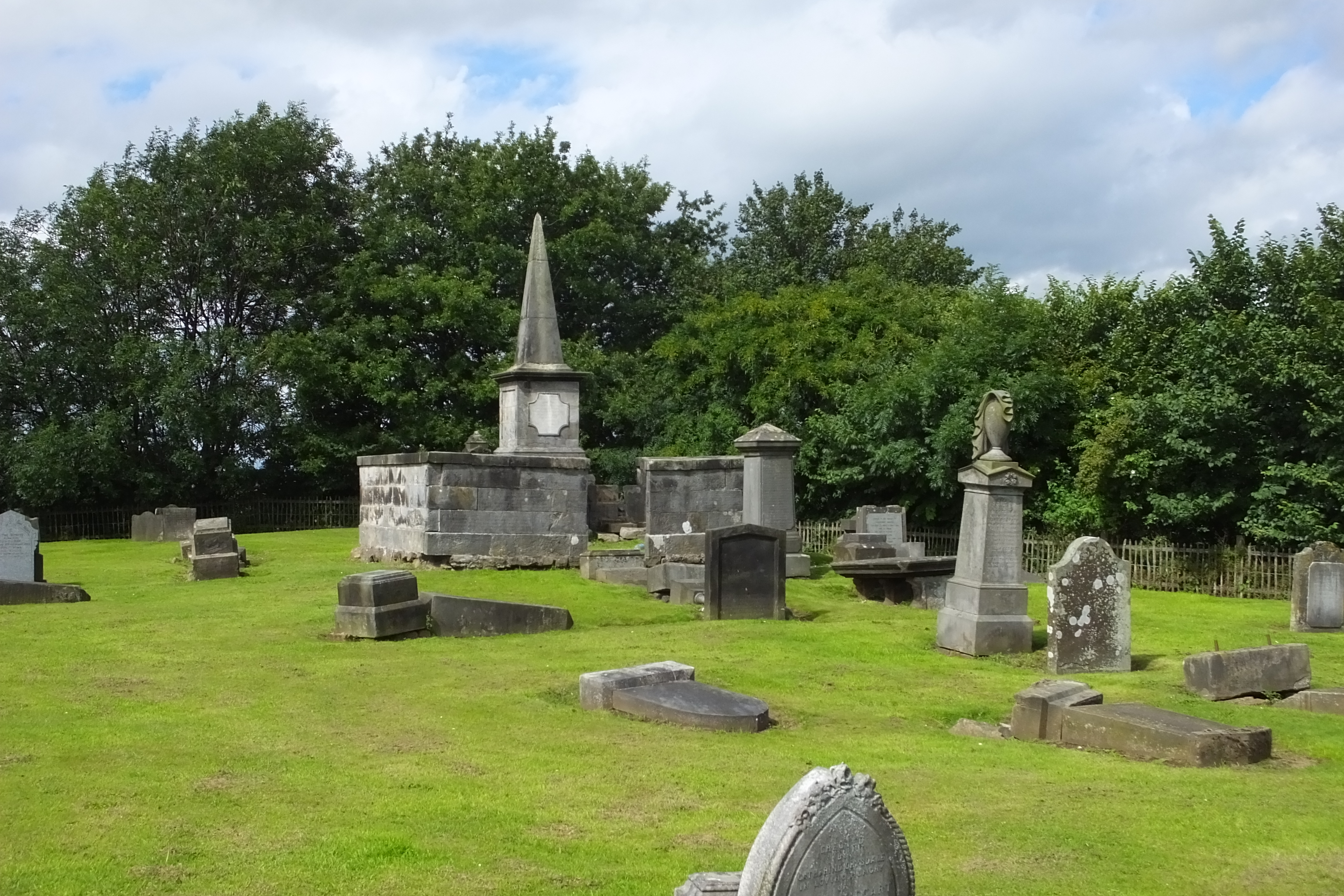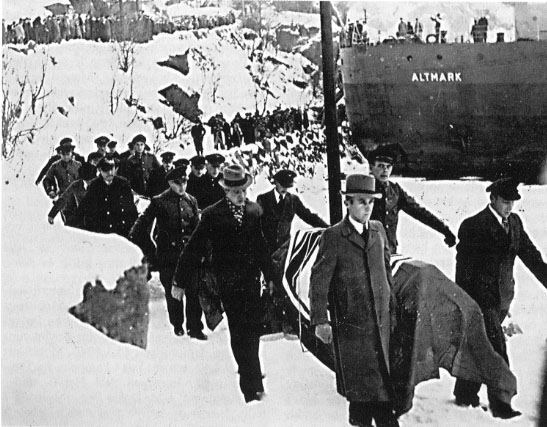|
MV Admiral Ushakov
''Admiral Ushakov'' (Адмирал Ушаков) was a cargo liner that was built in 1939 as ''Neidenfels'' by Deutsche Schiff- und Maschinenbau AG, Bremen, Germany for Deutsche Dampfschiffahrts-Gesellschaft "Hansa", Bremen. She was seized in May 1945 by the British at Eckernförde, Germany, passed to the Ministry of War Transport (MoWT) and renamed ''Empire Dee''. In 1946, she was transferred to the Soviet Union and renamed ''Admiral Ushakov''. She served until 1975, when she was scrapped at Split, Yugoslavia. Description The ship was built in 1939 by Deutsche Schiff- und Maschinenbau AG, Kiel. She was yard number 950. The ship was long, with a beam of . She had a depth of and a draught of . She was assessed at , . Her DWT was 10,540. The ship was propelled by two 6-cylinder double-acting diesel engines, producing a total of 7,600 nhp. The engines drove a single screw propeller. They were built by Maschinenfabrik Augsburg-Nürnberg, Augsburg and could propel ... [...More Info...] [...Related Items...] OR: [Wikipedia] [Google] [Baidu] |
Deutsche Dampfschiffahrts-Gesellschaft "Hansa"
DDG Hansa, short for Deutsche Dampfschiffahrts-Gesellschaft Hansa (German Steamship Company Hansa; in modern orthography, Deutsche Dampfschifffahrts-Gesellschaft Hansa) was a major German shipping company specialising in heavy freight and scheduled traffic between Europe and the Far East. Founded in Bremen in 1881, the company declared bankruptcy in 1980. History Foundation and early years DDG Hansa was founded on 3 December 1881 at the "constituent general assembly" in Bremen by a consortium of 17 Bremen and 2 Bremerhaven companies,"The DDG Hansa, 1881–1980—a missed centenary", in ''100 Years Ahlers in Antwerp: A family business in a world port'', ed. Christian Leysen and Olivier Boehme, Brussels: ASP/University Press Antwerp, , pp. 24–28p. 24 to provide steamship connections for trade with Asia, the Baltic, and the Mediterranean. The first voyage was by SS ''Stolzenfels'' from Newcastle to Singapore in February 1882.Raymond Fisch, "The Roots of Heavy Lift Shipping", ''An ... [...More Info...] [...Related Items...] OR: [Wikipedia] [Google] [Baidu] |
Propeller (ship)
A propeller (colloquially often called a screw if on a ship or an airscrew if on an aircraft) is a device with a rotating hub and radiating blades that are set at a pitch to form a helical spiral which, when rotated, exerts linear thrust upon a working fluid such as water or air. Propellers are used to pump fluid through a pipe or duct, or to create thrust to propel a boat through water or an aircraft through air. The blades are specially shaped so that their rotational motion through the fluid causes a pressure difference between the two surfaces of the blade by Bernoulli's principle which exerts force on the fluid. Most marine propellers are screw propellers with helical blades rotating on a propeller shaft with an approximately horizontal axis. History Early developments The principle employed in using a screw propeller is derived from sculling. In sculling, a single blade is moved through an arc, from side to side taking care to keep presenting the blade to the water at t ... [...More Info...] [...Related Items...] OR: [Wikipedia] [Google] [Baidu] |
Fife
Fife (, ; gd, Fìobha, ; sco, Fife) is a council area, historic county, registration county and lieutenancy area of Scotland. It is situated between the Firth of Tay and the Firth of Forth, with inland boundaries with Perth and Kinross (i.e. the historic counties of Perthshire and Kinross-shire) and Clackmannanshire. By custom it is widely held to have been one of the major Pictish kingdoms, known as ''Fib'', and is still commonly known as the Kingdom of Fife within Scotland. A person from Fife is known as a ''Fifer''. In older documents the county was very occasionally known by the anglicisation Fifeshire. Fife is Scotland's third largest local authority area by population. It has a resident population of just under 367,000, over a third of whom live in the three principal towns, Dunfermline, Kirkcaldy and Glenrothes. The historic town of St Andrews is located on the northeast coast of Fife. It is well known for the University of St Andrews, the most ancie ... [...More Info...] [...Related Items...] OR: [Wikipedia] [Google] [Baidu] |
Methil
Methil (Scottish Gaelic: Meadhchill) is an eastern coastal town in Scotland. It was first recorded as "Methkil" in 1207, and belonged to the Bishop of St Andrews. Two Bronze Age cemeteries have been discovered which date the settlement as over 8,000 years old. Famous for its High Street having the most pubs per mile in Scotland, it was part of its own barony in 1614 and also part of the former burgh of Buckhaven and Methil. This burgh existed between 1891 and 1975 (following the reorganisation of local government). It is situated within a continuous urban area described as Levenmouth. Methil lies geographically between Largo Bay to the east and Wemyss Bay to the west. Previously an industrial maritime powerhouse of the region and once Scotland's greatest coal port, it is now redirecting itself towards a green energy future. The River Leven delineates Methil from adjacent towns. Toponymy The name, Methil, is from Scottish Gaelic, and appears to derive from ''meadh(on)'' m ... [...More Info...] [...Related Items...] OR: [Wikipedia] [Google] [Baidu] |
Heeresgruppe Kurland
Army Group Courland (german: Heeresgruppe Kurland) was a German Army Group on the Eastern Front which was created from remnants of the Army Group North, isolated in the Courland Peninsula by the advancing Soviet Army forces during the 1944 Baltic Offensive of the Second World War. The army group remained isolated in the Courland Pocket until the end of World War II in Europe. All units of the Army Group were ordered to surrender by the capitulated Wehrmacht command on 8 May 1945. At the time agreed for all German armed forces to end hostilities (see the German Instrument of Surrender, 1945), the Sixteenth and Eighteenth armies of Army Group Courland, commanded by General (of Infantry) Carl Hilpert, ended hostilities at 23:00, on 8 May 1945, surrendering to Leonid Govorov, commander of the Leningrad Front. By the evening of 9 May 1945 189,000 German troops, including 42 officers in the rank of general, in the Courland Pocket had surrendered.60 anniversary of surrender p ... [...More Info...] [...Related Items...] OR: [Wikipedia] [Google] [Baidu] |
Latvia
Latvia ( or ; lv, Latvija ; ltg, Latveja; liv, Leţmō), officially the Republic of Latvia ( lv, Latvijas Republika, links=no, ltg, Latvejas Republika, links=no, liv, Leţmō Vabāmō, links=no), is a country in the Baltic region of Northern Europe. It is one of the Baltic states; and is bordered by Estonia to the north, Lithuania to the south, Russia to the east, Belarus to the southeast, and shares a maritime border with Sweden to the west. Latvia covers an area of , with a population of 1.9 million. The country has a temperate seasonal climate. Its capital and largest city is Riga. Latvians belong to the ethno-linguistic group of the Balts; and speak Latvian, one of the only two surviving Baltic languages. Russians are the most prominent minority in the country, at almost a quarter of the population. After centuries of Teutonic, Swedish, Polish-Lithuanian and Russian rule, which was mainly executed by the local Baltic German aristocracy, the independent ... [...More Info...] [...Related Items...] OR: [Wikipedia] [Google] [Baidu] |
Riga
Riga (; lv, Rīga , liv, Rīgõ) is the capital and largest city of Latvia and is home to 605,802 inhabitants which is a third of Latvia's population. The city lies on the Gulf of Riga at the mouth of the Daugava river where it meets the Baltic Sea. Riga's territory covers and lies above sea level, on a flat and sandy plain. Riga was founded in 1201 and is a former Hanseatic League member. Riga's historical centre is a UNESCO World Heritage Site, noted for its Art Nouveau/Jugendstil architecture and 19th century wooden architecture. Riga was the European Capital of Culture in 2014, along with Umeå in Sweden. Riga hosted the 2006 NATO Summit, the Eurovision Song Contest 2003, the 2006 IIHF Men's World Ice Hockey Championships, 2013 World Women's Curling Championship and the 2021 IIHF World Championship. It is home to the European Union's office of European Regulators for Electronic Communications (BEREC). In 2017, it was named the European Region of Gastronomy. ... [...More Info...] [...Related Items...] OR: [Wikipedia] [Google] [Baidu] |
Finland
Finland ( fi, Suomi ; sv, Finland ), officially the Republic of Finland (; ), is a Nordic country in Northern Europe. It shares land borders with Sweden to the northwest, Norway to the north, and Russia to the east, with the Gulf of Bothnia to the west and the Gulf of Finland across Estonia to the south. Finland covers an area of with a population of 5.6 million. Helsinki is the capital and largest city, forming a larger metropolitan area with the neighbouring cities of Espoo, Kauniainen, and Vantaa. The vast majority of the population are ethnic Finns. Finnish, alongside Swedish, are the official languages. Swedish is the native language of 5.2% of the population. Finland's climate varies from humid continental in the south to the boreal in the north. The land cover is primarily a boreal forest biome, with more than 180,000 recorded lakes. Finland was first inhabited around 9000 BC after the Last Glacial Period. The Stone Age introduced several different ... [...More Info...] [...Related Items...] OR: [Wikipedia] [Google] [Baidu] |
Belgium
Belgium, ; french: Belgique ; german: Belgien officially the Kingdom of Belgium, is a country in Northwestern Europe. The country is bordered by the Netherlands to the north, Germany to the east, Luxembourg to the southeast, France to the southwest, and the North Sea to the northwest. It covers an area of and has a population of more than 11.5 million, making it the 22nd most densely populated country in the world and the 6th most densely populated country in Europe, with a density of . Belgium is part of an area known as the Low Countries, historically a somewhat larger region than the Benelux group of states, as it also included parts of northern France. The capital and largest city is Brussels; other major cities are Antwerp, Ghent, Charleroi, Liège, Bruges, Namur, and Leuven. Belgium is a sovereign state and a federal constitutional monarchy with a parliamentary system. Its institutional organization is complex and is structured on both regional ... [...More Info...] [...Related Items...] OR: [Wikipedia] [Google] [Baidu] |
Antwerp
Antwerp (; nl, Antwerpen ; french: Anvers ; es, Amberes) is the largest city in Belgium by area at and the capital of Antwerp Province in the Flemish Region. With a population of 520,504,Statistics Belgium; ''Loop van de bevolking per gemeente'' (Excel file) Population of all municipalities in Belgium, . Retrieved 1 November 2017. it is the most populous municipality in Belgium, and with a metropolitan population of around 1,200,000 people, it is the second-largest ... [...More Info...] [...Related Items...] OR: [Wikipedia] [Google] [Baidu] |
Operation Seelöwe
Operation Sea Lion, also written as Operation Sealion (german: Unternehmen Seelöwe), was Nazi Germany's code name for the plan for an invasion of the United Kingdom during the Battle of Britain in the Second World War. Following the Battle of France, Adolf Hitler, the German Führer and Supreme Commander of the Armed Forces, hoped the British government would accept his offer to end the war, and he reluctantly considered invasion only as a last resort if all other options failed. As a precondition, Hitler specified the achievement of both air and naval superiority over the English Channel and the proposed landing sites, but the German forces did not achieve either at any point during the war, and both the German High Command and Hitler himself had serious doubts about the prospects for success. Nevertheless, both the German Army and Navy undertook a major programme of preparations for an invasion: training troops, developing specialised weapons and equipment, and modifyin ... [...More Info...] [...Related Items...] OR: [Wikipedia] [Google] [Baidu] |
Operation Weserübung
Operation Weserübung (german: Unternehmen Weserübung , , 9 April – 10 June 1940) was Germany's assault on Denmark and Norway during the Second World War and the opening operation of the Norwegian Campaign. In the early morning of 9 April 1940 (''Wesertag'', "Weser Day"), Germany occupied Denmark and invaded Norway, ostensibly as a preventive manoeuvre against a planned, and openly discussed, French-British occupation of Norway known as Plan R 4 (actually developed as a response to any German aggression against Norway). After the occupation of Denmark (the Danish military was ordered to stand down as Denmark did not declare war with Germany), envoys of the Germans informed the governments of Denmark and Norway that the ''Wehrmacht'' had come to protect the countries' neutrality against Franco-British aggression. Significant differences in geography, location and climate between the two nations made the actual military operations very dissimilar. The invasion fleet's n ... [...More Info...] [...Related Items...] OR: [Wikipedia] [Google] [Baidu] |





